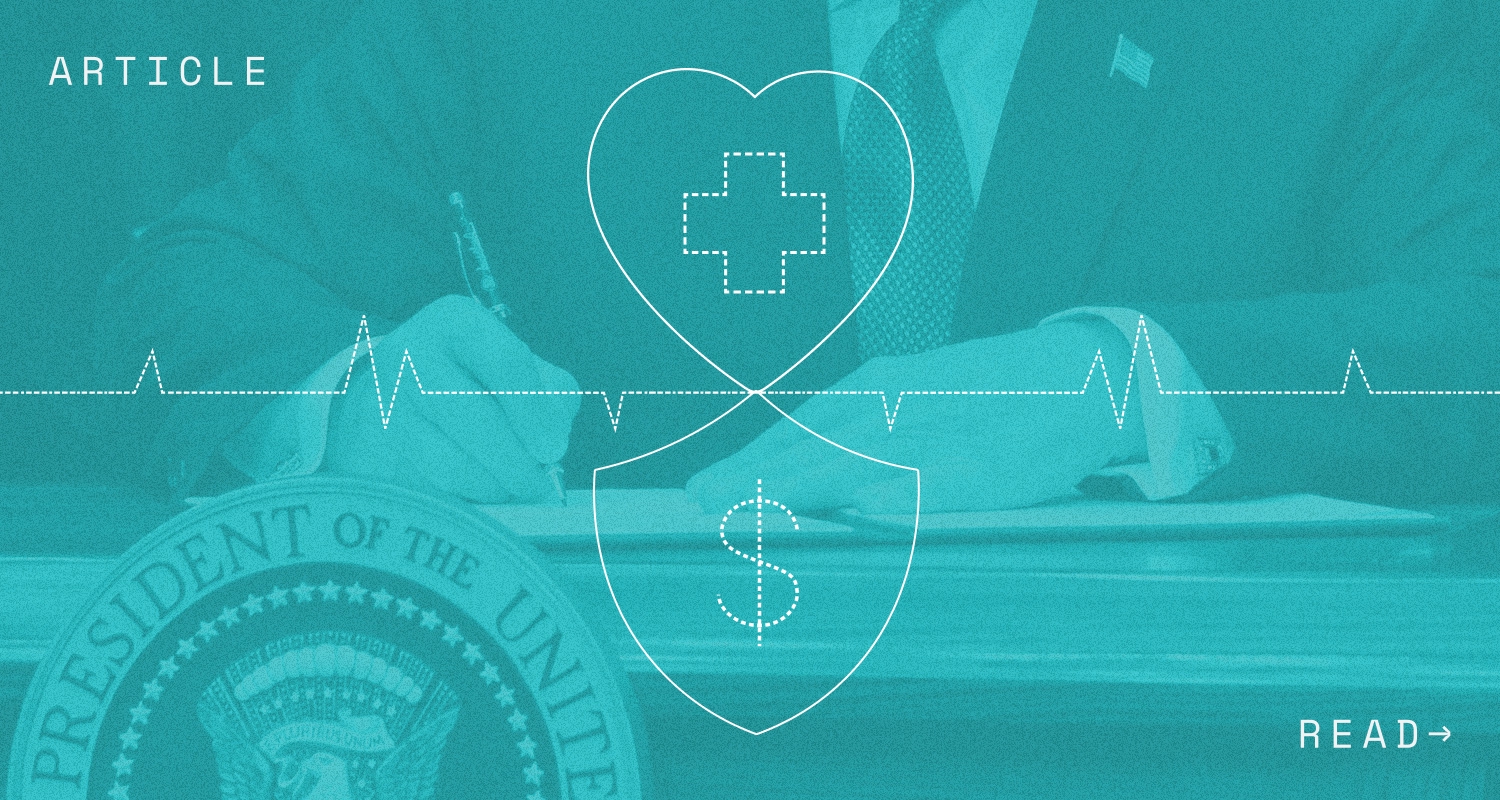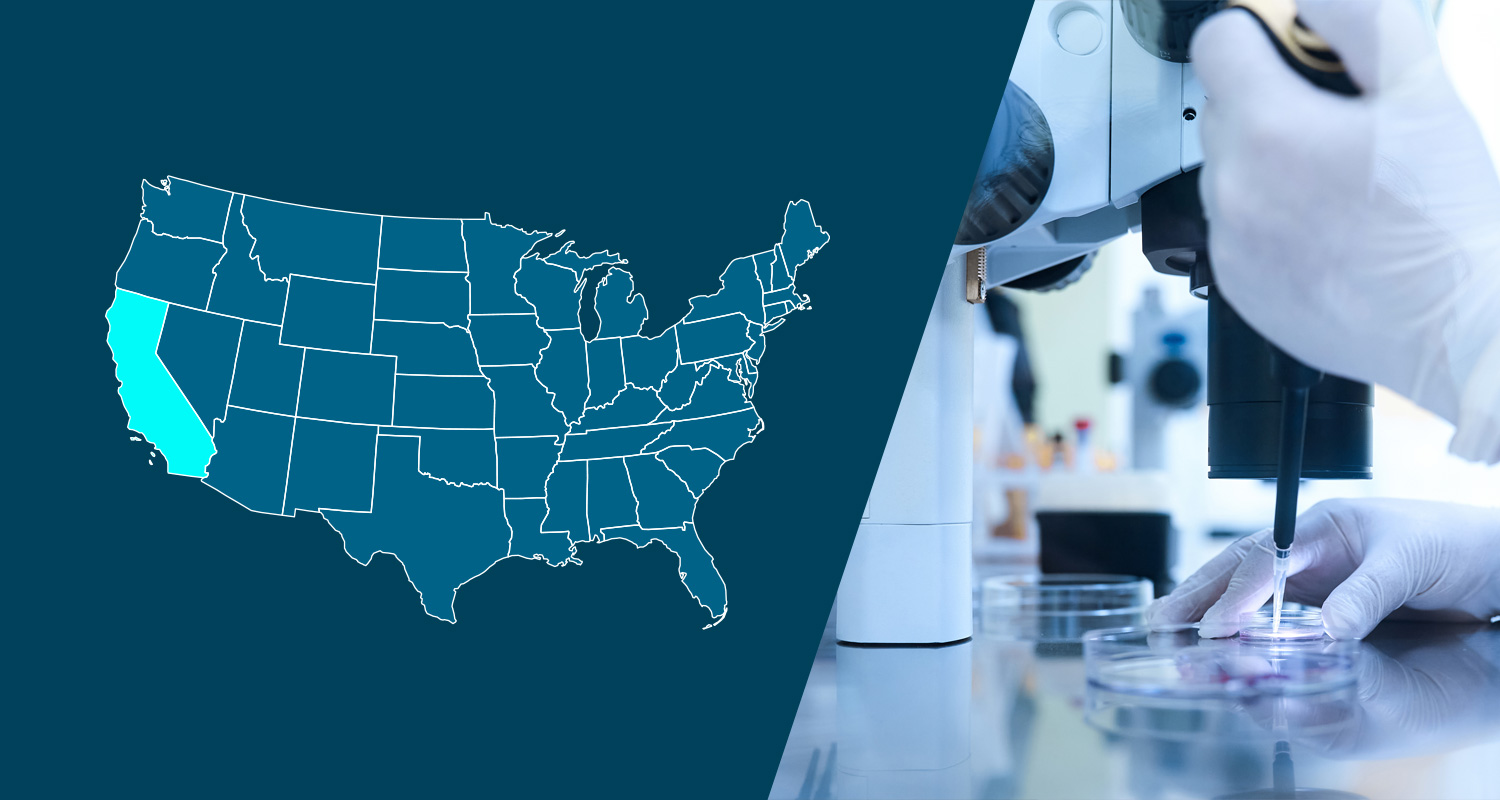Background:
New York Paid Family Leave (PFL) is a benefit program that offers paid leave to New York employees while they bond with a new child, care for a close relative with a serious health condition, or when an employee’s family member is called to active military service. PFL initially took effect on January 1, 2018. Please refer to our previous article, “Get Ready for New York Paid Family Leave,” for more information on eligibility.
2019 Benefit Updates:
Payroll Deductions:
PFL is a 100% employee paid benefit and employers are responsible for collecting PFL contributions through employee payroll deductions. While employers are not required to contribute to the program, they may contribute or pay the entire PFL premium if they so choose.
PFL is phased in over a four year period, meaning employees will receive more benefits each year until 2021. In addition, the employee contribution rates change annually. The 2019 rates were recently released and are discussed below.
- New York State sets a “premium rate” every year that determines an employee’s maximum PFL contribution. The premium rate is a percentage of an employee’s salary, meaning employees with higher incomes will pay higher amounts than those with lower incomes. The premium rate for PFL coverage beginning in 2019 has been raised to 0.153% of the employee’s weekly wage (up from 0.126% in 2018). You can read more about the PFL premium rate here.
- The contribution amount is also capped at New York’s “current average weekly wage,” which will be $1,357.11 in 2019 (up from $1,305.92 in 2018). This amount is updated annually and can be found here. As such, the 2019 maximum annual payroll deduction, or cap amount is $107.97 (up from $85.56 in 2018). If an employee’s weekly wage is below the current average weekly wage, the deduction amount will be lower. Once an employee has contributed the maximum contribution, no further deductions should be taken for the balance of the calendar year.
Note: Deduction amounts will vary based on annual rates and individual employee wages. Employers should update the premium rate and average weekly wage amounts on an annual basis to ensure the proper deductions are being taken.
Summary of NY PFL Contribution/Rate Changes:
| 2019 | 2018 | |
| Employee Rate | 0.153% of employee’s gross weekly wages, up to annualized NYS Average Weekly Wage ($1,357.11) | 0.126% of gross weekly wages ($1,305.92) |
| Annualized NYS Average Weekly Wage Cap | $70,569.72 | $67,907.84 |
| Maximum Employee Annual Contribution | $107.97 | $85.56 |
Benefit Amounts:
In addition to a change in the contribution amounts, employees will be eligible for more benefits in 2019, including 10 weeks of leave. Please see a summary of the updated benefit amounts below.
| Summary of NY PFL Benefit Changes: | ||
| Claim Year | 2019 | 2018 |
| Effective Date | January 1, 2019
(applicable to new leaves beginning 1/1/19 or later) |
January 1, 2018
(applicable to all leaves initiated in 2018) |
| Maximum Paid Leave | 10 weeks | 8 weeks |
| % of an Employee’s Average Weekly Wage | 55% | 50% |
| Maximum Weekly Benefit
(Cap % of NY State Average Weekly Wage (NYSAWW)) |
$746.41
(55% of NYSAWW of $1,357.11) |
$652.96
(50% of NYSAWW of $1,305.92) |
Important Reminder: Please take note that the above changes will not be effective until January 1, 2019. Per New York State regulations, all claims initiated in 2018 will continue to be paid benefits based on 2018 benefit provisions through the duration of the claim, even if the claim extends into 2019. For example, if a bonding claim is initiated in December 2018 for 8 weeks, even though the claim period extends into 2019, since the claim was initiated in 2018, 2018 benefit provisions will apply for the duration of the claim.
Employer Action Items:
1. Inform Your Employees About the 2019 Benefit Changes. Update appropriate written materials that you give your employees, such as employee handbooks, etc.
2. Update Your Payroll Processes/Deduction Amounts. Update internal processes or work with your external payroll manager to collect the appropriate payroll withholdings.
Resources:
- Sample Employee Notice of Deduction Increase
- Employer Guide
- Employee PFL Opt-Out and Waiver of Benefits (only for employees who will not work long enough to become eligible for the benefit)
- Model Language for 2019 Employee Materials (template)
- Employee Payroll Deduction Notice (template)
- 2019 Statement of Rights (for employees)
- New York State Department of Taxation and Finance Notice (discussing tax implications)
- New York Paid Family Leave Website
- Weekly Payroll Deduction Calculator
- Subscribe to New York PFL Updates Here
- New York Paid Family Leave Hotline: 844-337-6303
The information and materials on this blog are provided for informational purposes only and are not intended to constitute legal or tax advice. Information provided in this blog may not reflect the most current legal developments and may vary by jurisdiction. The content on this blog is for general informational purposes only and does not apply to any particular facts or circumstances. The use of this blog does not in any way establish an attorney-client relationship, nor should any such relationship be implied, and the contents do not constitute legal or tax advice. If you require legal or tax advice, please consult with a licensed attorney or tax professional in your jurisdiction. The contributing authors expressly disclaim all liability to any persons or entities with respect to any action or inaction based on the contents of this blog.



